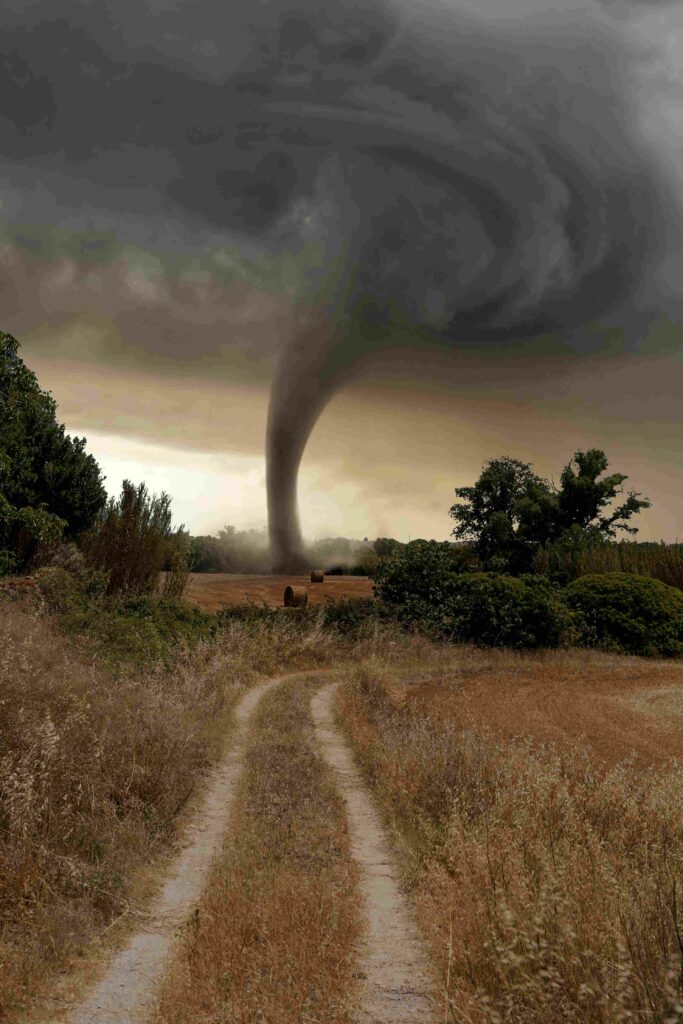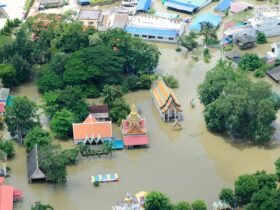Tornadoes, nature’s daunting challenge, blend sheer strength with unpredictability. For those who prioritize safety, being proactive is crucial for protecting yourself and your loved ones. Knowing the right steps to take before, during, and after a tornado can be a lifesaver.
Pre-Tornado Strategies: Getting Ready
Stay Weather-Savvy: Keep an eye on local weather updates and have a battery-powered NOAA Weather Radio handy for live updates, especially when other power sources are down.
Choose a Safe Spot: Pick out a storm shelter or a secure area in your home, like a basement or a small, windowless room on the ground floor if a basement isn’t an option.

Build an Emergency Kit: Put together a kit specifically for tornado emergencies, with essentials like a flashlight, spare batteries, a first-aid kit, enough water and non-perishable food for three days, important personal documents, a multi-tool, and a whistle for signaling help.
Establish a Communication Plan: Set up a family plan for staying in touch, selecting someone outside the storm’s expected range as a point of contact.
Actions During a Tornado: Critical Responses
Seek Shelter Immediately: Head to your safe spot as soon as a warning is issued or if you spot a tornado. Use sturdy items or your arms to protect your head and neck.
Stay Updated: Keep your weather radio or app close to remain informed about the tornado’s path and changes.
Steer Clear of Windows: Tornadoes can turn debris into lethal projectiles, often breaking windows, a common source of injuries during storms.
If in Mobile Homes: These structures are particularly at risk. If you’re in one, move to a sturdier building or a community storm shelter.
For an intense glimpse into a tornado’s force, watch this CCTV footage from ADDO capturing the inside of a tornado:
INSANE INSIDE THE TORNADO | CCTV FOOTAGE
Would you manage to survive without taking precautions?
Post-Tornado: Rebuilding and Learning
Wait It Out: Don’t rush outside right after the storm; there may be successive tornadoes.
Check for Damages: Once it’s safe, inspect your property for damage and document it for insurance purposes.
Beware of Downed Power Lines: Treat them as live and report to the utility company.
Look Out for Neighbors: Offer help to those who might need it, like the elderly, families with young children, or those with disabilities.
Restock and Reflect: After the dust settles, replenish your emergency kit and review your response to identify improvements for future emergencies.
Surviving tornadoes is about more than having the right gear; it’s about knowing how to use that gear and staying knowledgeable and prepared. Remain vigilant, well-informed, and ready to act.






Leave a Reply